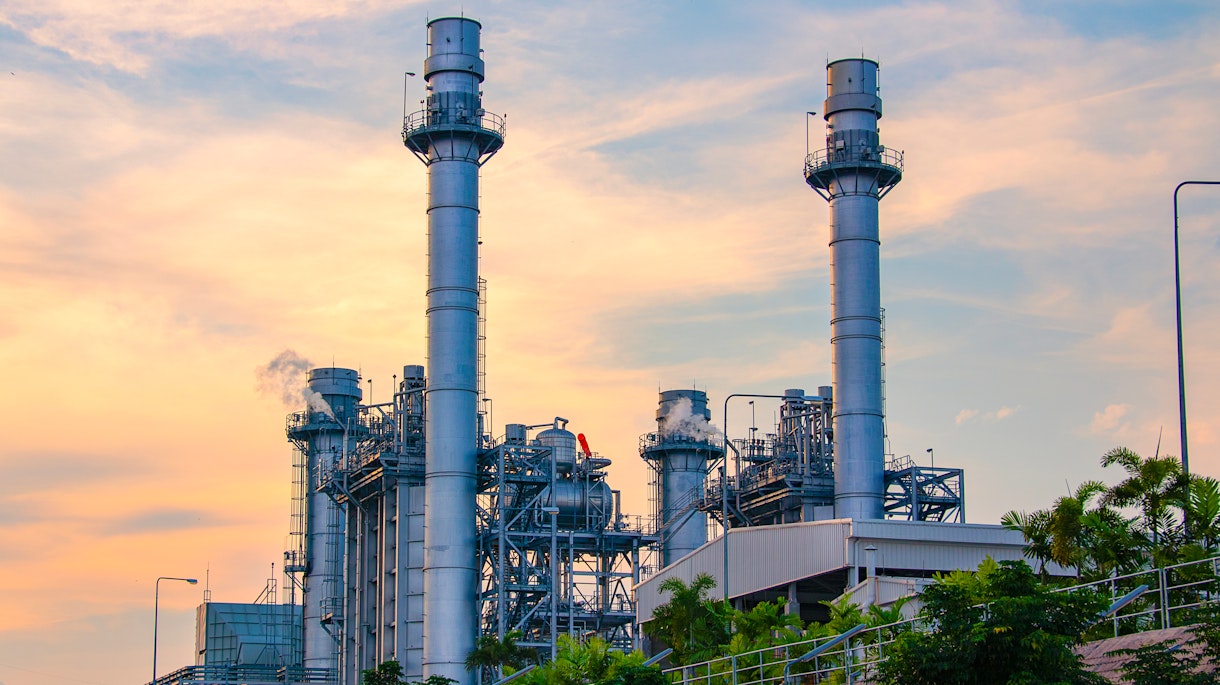Closer dialogue between producers and consumers needed to ensure security of gas supply
News

Global energy crisis reshaped natural gas markets, with profound implications for policy makers and market players, according to new IEA review of global gas market security
The global energy crisis sparked by Russia’s invasion of Ukraine has transformed the structure of natural gas markets, requiring closer dialogue between producers and consumers looking to ensure both short- and longer-term security of supply and reduce emissions.
Tensions in gas markets have eased significantly since the beginning of 2023, according to the latest edition of the IEA’s annual Global Gas Security Review. Yet the new analysis notes that deeper coordination among market participants remains essential, given momentous shifts in how gas markets function. The new Security Review also includes the IEA’s latest quarterly Gas Market Report analysis.
The report comes ahead of the 12th LNG Producer Consumer Conference on 18 July in Tokyo. The event – co-organised by the IEA and Japan’s Ministry of Economy, Trade and Industry – will provide an important forum for discussions between natural gas and LNG producer and consumer countries. The new IEA report also includes a special focus on integrating low-emissions gases into energy systems. Scaling up the use of these gases will play a critical role in reducing greenhouse gas emissions from the sector.
“A new global gas market is taking shape after last year’s crisis. Given this, responsible producers and consumers must reconsider their approaches to supply security and flexibility, cooperating even more closely,” said Keisuke Sadamori, the IEA’s Director of Energy Markets and Security. “Meaningful efforts are also needed to reduce the carbon footprint of gas supply chains, including through greater use of low-emissions gases. I look forward to discussing these topics with market players in Tokyo this week.”
The IEA’s latest assessment of market dynamics shows gas markets have moved towards a gradual rebalancing since the start of the year. High inventory levels at storage sites in key Asian and European markets provide grounds for cautious optimism ahead of the 2023-24 winter heating season in the Northern Hemisphere. If injections continue at the average rate observed since mid-April, EU storage sites will reach 90% of their working capacity by early August and could be filled close to 100% by mid-September. However, full storage sites are no guarantee against market volatility during the winter.
Major uncertainties remain ahead of the upcoming heating season. A cold winter, together with a full halt in Russia piped gas supplies to Europe early in the heating season, could easily renew market tensions. Fierce competition for gas supplies could also emerge if Northeast Asia experiences colder-than-usual weather and economic growth is stronger than expected in China.
The security of global gas supplies remains at the forefront of energy policy making, with growing complexity for both the short and long term. LNG has become a baseload source of supply for Europe, with its share in total EU demand rising from an average of 12% over the 2010s to close to 35% in 2022 – similar to the contribution from Russia’s piped gas before the invasion of Ukraine. Meanwhile, China’s balancing role in global gas markets is set to increase. Additionally, the flexibility of gas supply needs to be reassessed in light of the phase-out of Russian piped gas exports to the European Union. As producers and consumers engage in closer dialogue to address these dynamics, the new IEA report recommends that they should explore the development of innovative commercial offerings, new procurement mechanisms and cooperative frameworks favouring a more flexible supply of LNG.